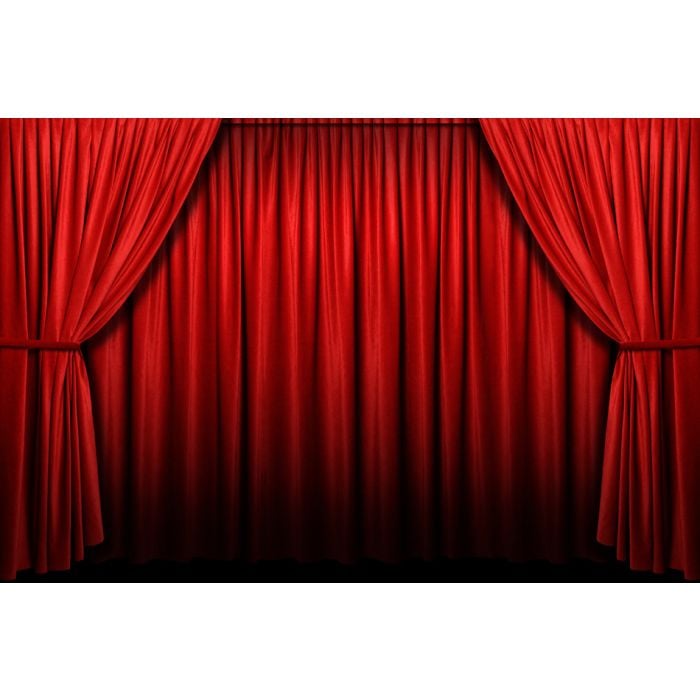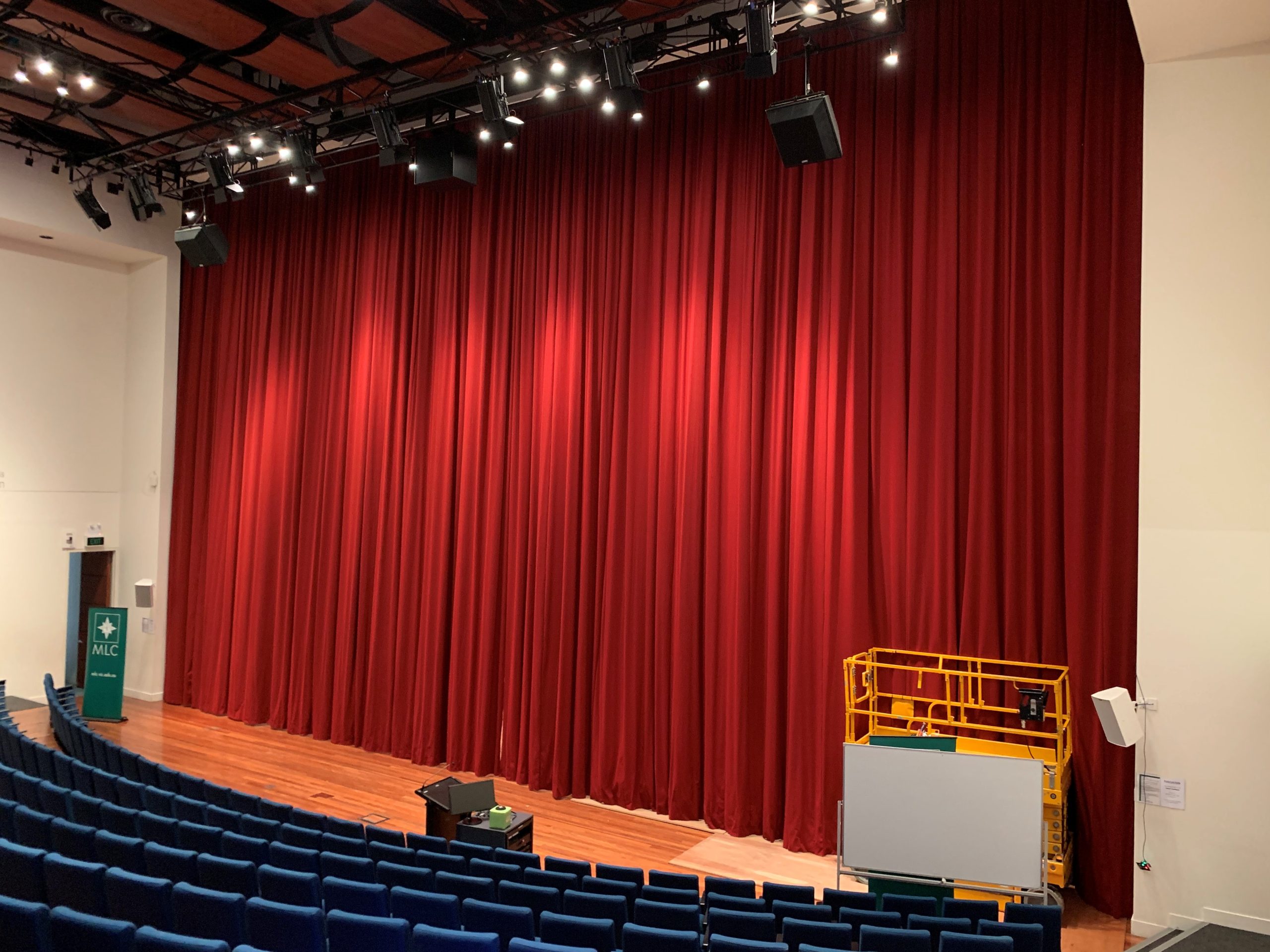Theatre Backdrops: Elevating Your Stage Design

Theatre backdrops are essential elements in setting the mood, creating atmosphere, and transporting an audience into the world of a play. Whether you're hosting a professional production or a school performance, the right theatre backdrop can make all the difference. From simple painted cloths to intricate, custom-designed scenes, backdrops help define the setting and enhance the overall experience. In this article, we’ll explore what theatre backdrops are, their different types, and how they contribute to the magic of live performances.
1. What Are Theatre Backdrops?
A theatre backdrop is a large piece of fabric or material that is placed at the back of the stage to provide a visual background for a scene. It is often painted or printed with scenic designs and can be used to represent a variety of locations or environments. Backdrops are typically an integral part of stage design and can dramatically impact the audience's immersion in the performance.
Material: Backdrops are commonly made of fabric such as canvas, muslin, or polyester, chosen for their durability and ease of use.
Design: The backdrop may feature landscapes, buildings, or abstract designs to set the stage for the action that unfolds.
The role of a backdrop is not just aesthetic—its design can also serve as a storytelling device, helping to convey the time, place, and tone of the production.
2. Types of Theatre Backdrops
There are several different types of theatre backdrops, each serving a unique function depending on the performance’s needs and the creative direction of the production. Here are some common types:
a. Painted Backdrops
Painted backdrops are the traditional choice and have been a staple of theatre for centuries. These backdrops are hand-painted with detailed scenes that bring the setting to life.
Vibrant and detailed: Artists use various techniques to create realistic or stylized scenes, from detailed cityscapes to vast, sweeping landscapes.
Customizable: Painted backdrops can be customized for any scene, whether you’re performing in a castle, on a beach, or in outer space.
Painted backdrops are ideal for productions with a specific setting in mind and are often used in both large and small theatres for their flexibility and artistic impact.
b. Printed Backdrops
For larger productions or where a quick change is needed, printed backdrops are a practical solution. These are digitally printed on fabric or vinyl and are a faster alternative to painted backdrops.
Cost-effective: Printed backdrops are often more affordable than hand-painted options, especially for large designs.
Time-efficient: They are quicker to produce, making them ideal for tight timelines or budget-friendly productions.
Vivid imagery: Printed backdrops can feature highly detailed, photographic-quality images, giving a more modern look to the set.
While not as customizable as painted backdrops, printed backdrops offer a convenient way to create visually striking scenes without the lengthy production time.
c. LED or Projected Backdrops
With advancements in technology, many modern theatre productions are turning to LED or projected backdrops. These high-tech options use screens or projectors to display dynamic images and videos during the performance.
Dynamic visuals: Projected backdrops can change during the performance, enhancing the visual experience with real-time changes.
Versatile: You can display anything from landscapes to abstract designs or even live video feeds, offering limitless creative possibilities.
Space-saving: Using digital projections or LED screens can save space on stage, as there’s no need to physically move large backdrops.
LED or projected backdrops are becoming increasingly popular in large-scale productions, where advanced technology is incorporated into the overall visual storytelling.
d. Three-Dimensional (3D) Backdrops
For an added layer of depth, 3D backdrops use physical elements such as painted props or structures that are attached to the backdrop itself.
Enhanced depth: These backdrops incorporate items such as trees, buildings, or other structures that give the illusion of a three-dimensional world.
Realistic: They create a more immersive environment for the audience, especially in productions with heavy set design requirements.
3D backdrops are often used in more elaborate performances or those that require a high degree of realism.
3. The Role of Theatre Backdrops in Storytelling
The backdrop is not just a passive element of the stage design—it plays an active role in storytelling. Here’s how backdrops contribute to a performance:
a. Setting the Scene
The backdrop immediately conveys the time, place, and mood of the production. Whether it’s a lush garden, a dark alley, or a fantastical world, the backdrop sets the tone for the performance.
Visual cue: It helps the audience understand where the action is taking place and provides context for the story.
Tone-setting: Dark, moody backdrops may suggest tension or mystery, while bright, colorful backdrops can suggest joy or excitement.
b. Enhancing the Atmosphere
A well-designed backdrop enhances the overall atmosphere of the production. By combining lighting, sound, and set design with the backdrop, the theatre creates a complete sensory experience for the audience.
Lighting effects: Backdrops are often enhanced by lighting, which can change the colors or cast shadows, transforming the look and feel of a scene.
Sound integration: The backdrop helps reinforce the sound design, with environmental sounds or music complementing the visual setting.
c. Focusing Attention
The backdrop helps focus the audience's attention on the action occurring on stage. The design and color of the backdrop can help draw the viewer's gaze toward the performers, ensuring they remain the focal point.
Highlighting key areas: The backdrop can highlight specific aspects of the performance or direct attention to important props or characters.
4. Choosing the Right Backdrop for Your Production
Choosing the right theatre backdrop for your production depends on several factors, including the tone of the play, the budget, and the size of the stage. Here are a few considerations:
Production needs: Does the play require realistic backdrops, or can abstract or minimalist designs be used?
Budget: Painted backdrops are often more expensive but offer unique artistry, while printed backdrops provide a quicker and more affordable option.
Venue size: Larger productions may benefit from LED or projected backdrops, which can create more dynamic settings without taking up valuable stage space.
5. Conclusion: Transform Your Stage with the Perfect Backdrop
Theatre backdrops are essential tools for creating immersive and dynamic performances. Whether you choose painted, printed, projected, or 3D backdrops, the right choice can enhance your production and captivate your audience. By working with experienced stage designers and understanding the role backdrops play in storytelling, you can ensure that your production is visually engaging and memorable.
Note: IndiBlogHub features both user-submitted and editorial content. We do not verify third-party contributions. Read our Disclaimer and Privacy Policyfor details.



